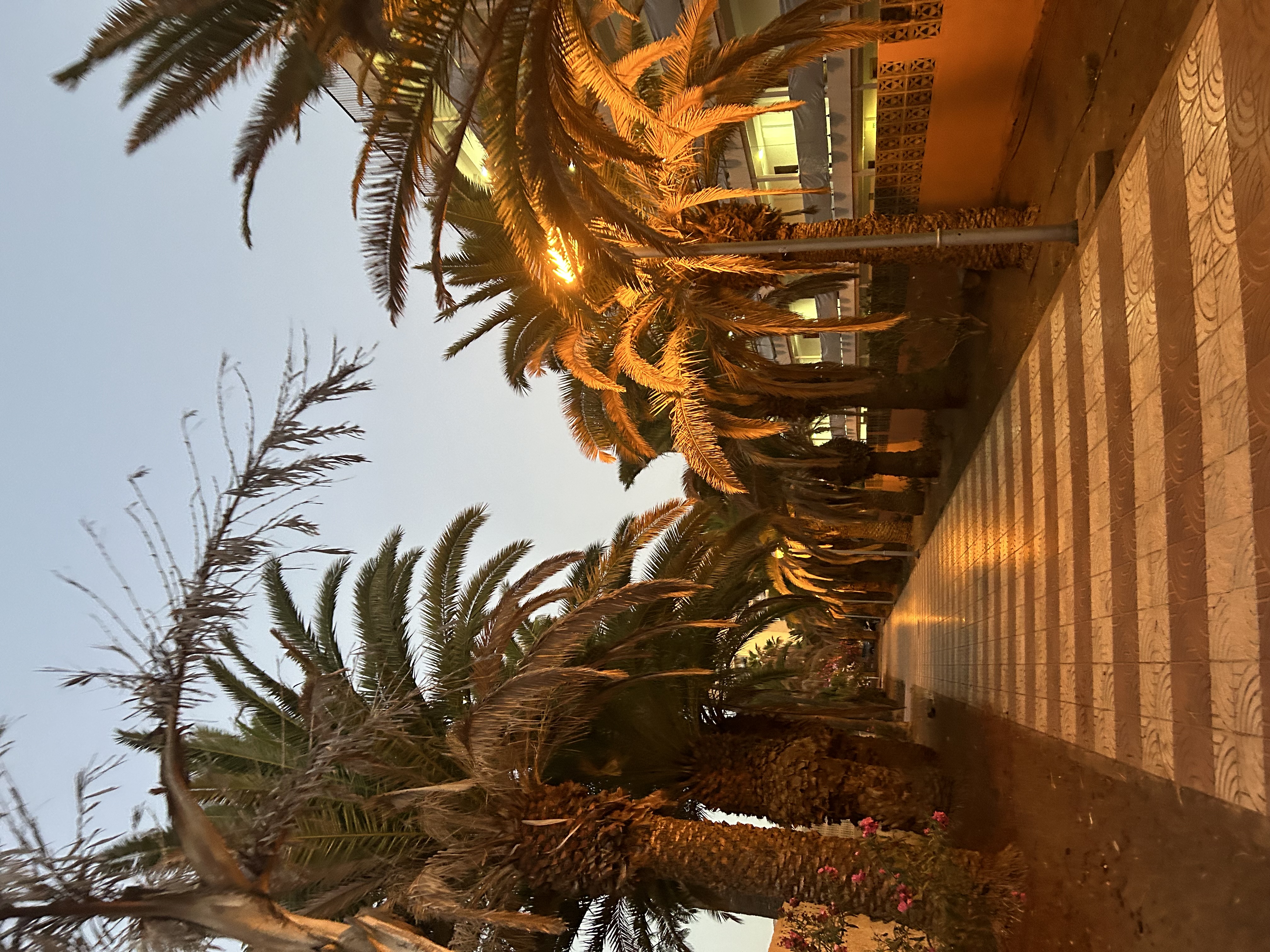B1- differentiation and specialisation
Cards (20)
- What is the process by which a cell changes to become specialized for its job?
- What happens to cells as they differentiate?
- When does most differentiation occur in an organism?
- What happens to the ability to differentiate in most animal cells after they become specialized?
- Do plant cells lose their ability to differentiate?
- What are the cells that differentiate in mature animals mainly used for?
- What are undifferentiated cells called?
- What are the functions of sperm cells?
- What are the functions of nerve cells?
- What are the functions of muscle cells?
- What are the functions of root hair cells?
- What are the functions of phloem and xylem cells?
- How do root hair cells increase their efficiency in absorbing water and minerals?
- What is a key feature of phloem cells that makes them specialised for transporting substances?
- How does the structure of a sperm cell relate to its function?
- How do the structures of muscle cells and nerve cells differ in relation to their functions?
- What is the main function of xylem cells in plants?
- Why do muscle cells contain a lot of mitochondria?
- What is the main role of phloem cells in plants?
- How does the structure of nerve cells facilitate their function?
